Like most lovers of this classic pie, our favorite part of making
lemon meringue pie is decorating it with the meringue. There’s something extremely satisfying about dolloping the meringue on top of the pie and shaping it into swoops and peaks with the back of a metal spoon. If you’re looking for a showstopping summer dessert, you can’t get much more impressive than this.
Our least favorite part of making this dessert? Waiting for the pie to set before digging in. It takes a few hours for that luscious lemon filling to cool and firm up in the refrigerator, but it’s totally worth the wait, especially if you want that picture perfect slice. Looking for all of our top tips on how to make this classic pie? Keep reading down below:
How to make the pie crust:
Don’t sell yourself short: you could definitely master our foolproof pie dough recipe. But if you don’t have the time, store-bought is totally acceptable. If you’re using a store-bought pie crust, just know that you’ll still need to roll it out and blind bake it before you can add the filling.
How to avoid a soggy crust:
With a pie crust that’s blind baked—cooked all the way through before the filling is added—the best way to avoid a soggy crust is to make sure that your crust is 100% baked and then completely cooled before you pour in the filling. If it’s undercooked or still warm, it will want to absorb any wetness that it touches, and that will lead straight to a soggy bottom!
How to make (& thicken) the filling:
This filling is thickened by dissolving cornstarch and all-purpose flour with sugar in water and cooking it over high heat until it boils. Boiling activates the starch so it thickens the mixture. Note that we are not pouring in the lemon juice until after the filling is already thick: adding an acid (like lemon juice) in the beginning can prevent the starches from thickening the filling properly.
How to make the meringue:
This meringue is a french meringue, which is a fancy label for a meringue made by whisking granulated sugar into raw egg whites a little at a time until the egg whites are fluffy and shiny. Baking the meringue cooks the raw egg whites so they’re safe to eat, but it also creates a beautiful golden-brown crust on the top of the pie that adds visual appeal and a great crunch when you dig in.
Storage & freezing:
If you have any leftovers, store them in an airtight container (that won’t crush your meringue!) for around 2 days, or freeze (ideally without the meringue), wrapped tightly, for 2-3 months.
If you’ve tried this recipe, please rate it below! We want to know what YOU think.



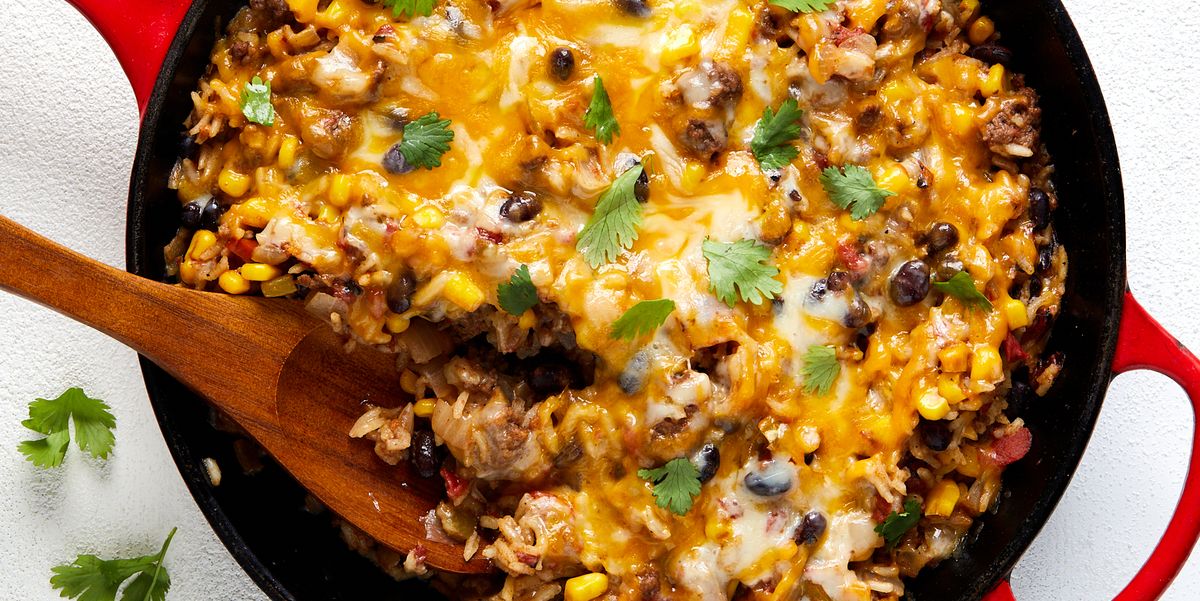
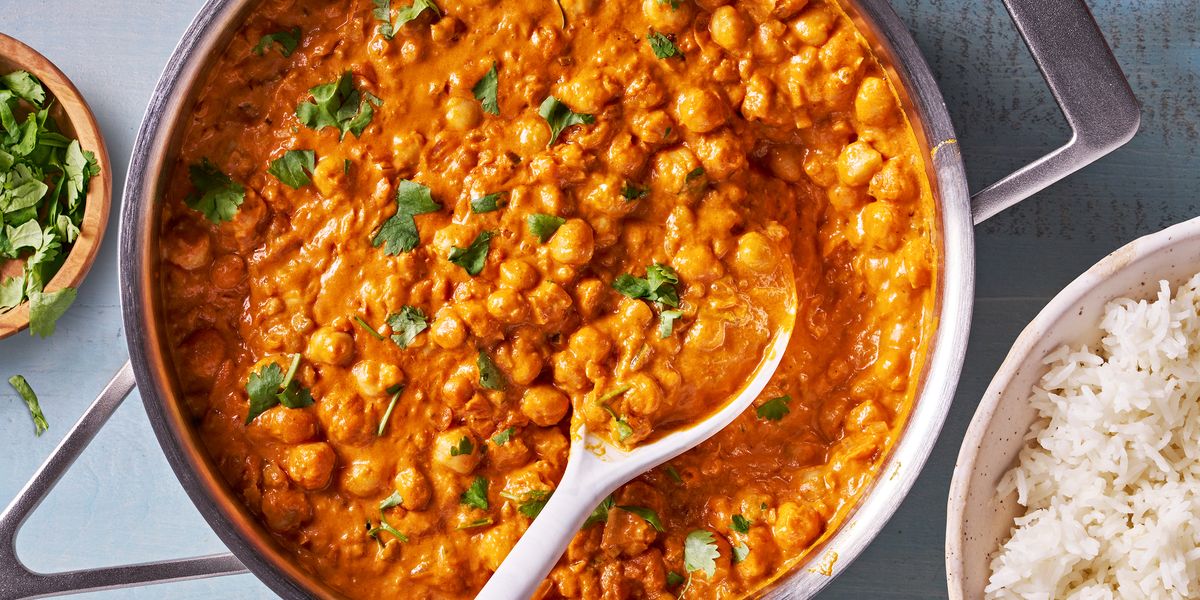




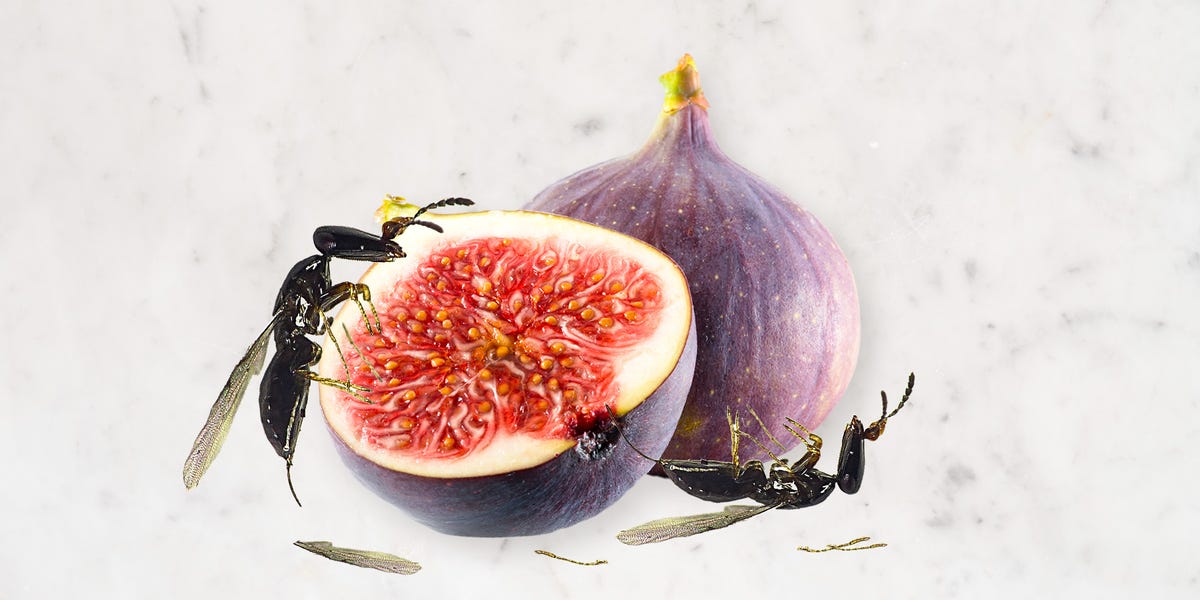




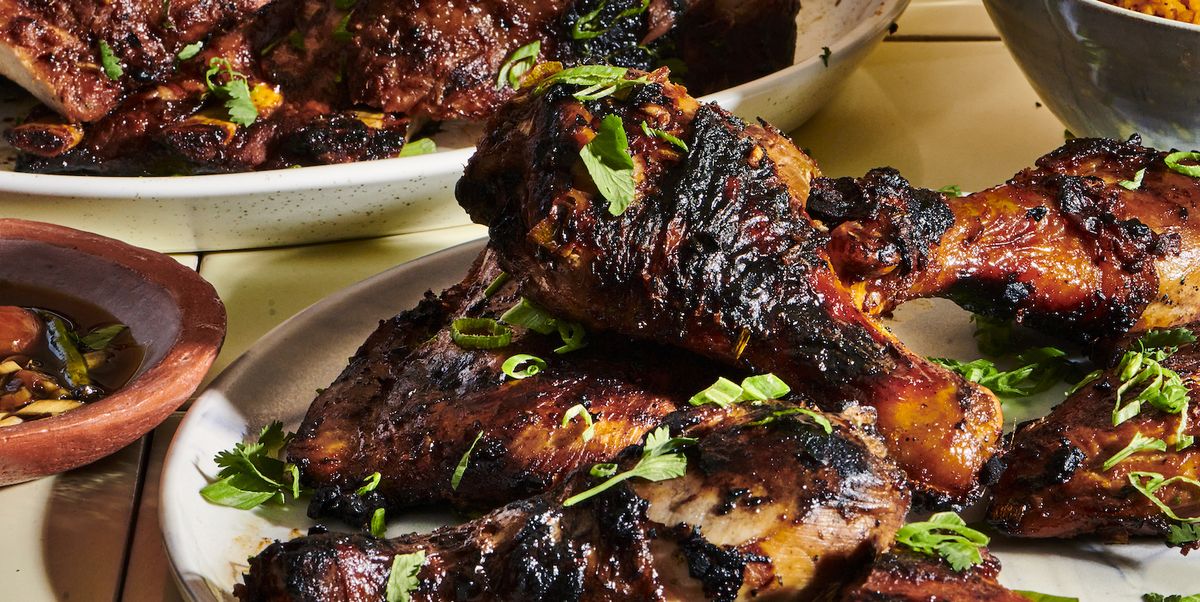
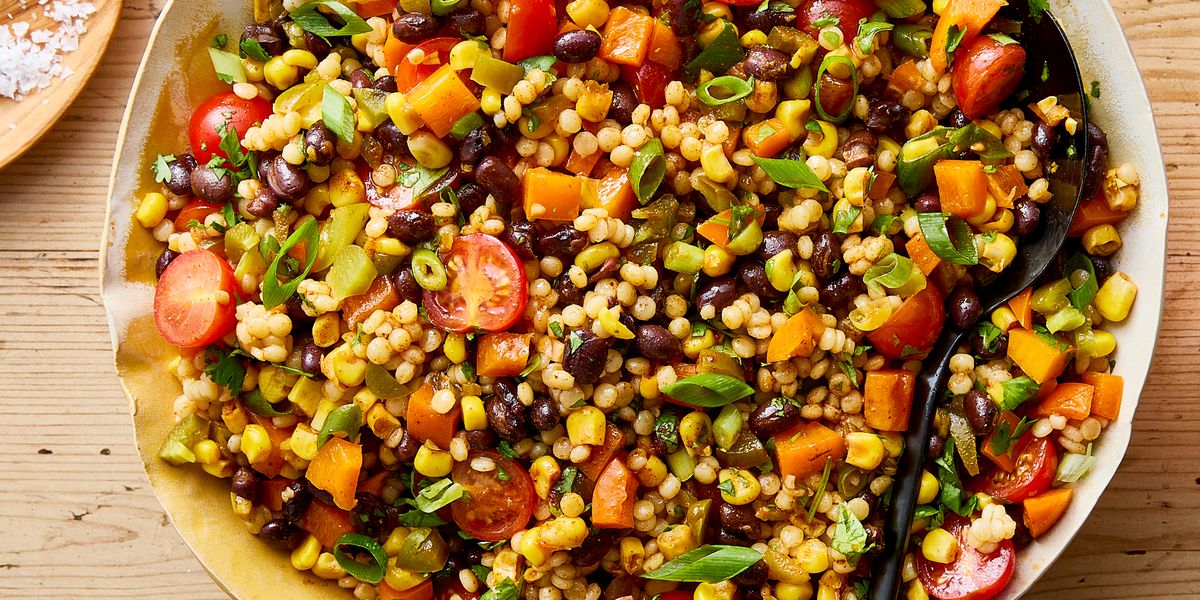
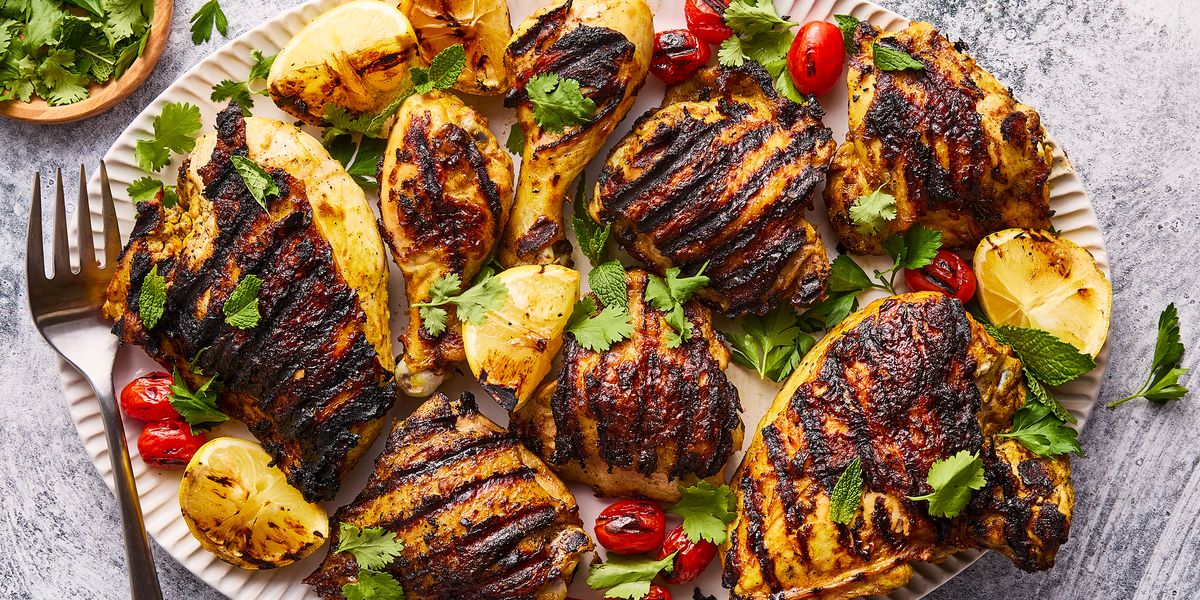


Leave a Reply